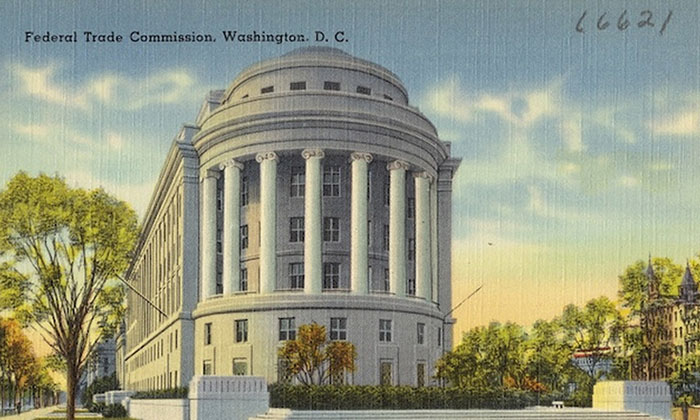* more forthcoming scholarship
“Habeas Corpus After 9/11: Confronting America’s New Global Detention System”
Jonathan Hafetz (Seton Hall)
NYU Press 2011
The U.S. detention center at Guantánamo Bay has long been synonymous with torture, secrecy, and the abuse of executive power. It has come to epitomize lawlessness and has sparked protracted legal battles and political debate. For too long, however, Guantánamo has been viewed in isolation and has overshadowed a larger, interconnected global detention system that includes other military prisons such as Bagram Air Base in Afghanistan, secret CIA jails, and the transfer of prisoners to other countries for torture. Guantánamo is simply—and alarmingly—the most visible example of a much larger prison system designed to operate outside the law.
Habeas Corpus after 9/11examines the rise of the U.S.-run global detention system that emerged after 9/11 and the efforts to challenge it through habeas corpus (a petition to appear in court to claim unlawful imprisonment). Habeas expert and litigator Jonathan Hafetz gives us an insider’s view of the detention of “enemy combatants” and an accessible explanation of the complex forces that keep these systems running.
In the age of terrorism, some argue that habeas corpus is impractical and unwise. Hafetz advocates that it remains the single most important check against arbitrary and unlawful detention, torture, and the abuse of executive power.
“Terrorism as Crime: Toward a Lawful and Sustainable Detention Policy”
Jonathan Hafetz (Seton Hall)
Chapter 12 of Habeas Corpus After 9/11: Confronting America’s New Global Detention System (see immediately above)
The book from which this chapter is excerpted traces the history of the habeas corpus litigation after 9/11 that challenged the military detention and trial of prisoners in the "war on terror." Preceding chapters make the case for a broad conception of habeas corpus review, discussing the gaps left by the Supreme Court’s decision in Boumediene v. Bush and arguing why habeas jurisdiction should extend to any detention by or at the behest of the United States. This chapter explains why habeas corpus review also is, in many respects, the start, not the end, of the conversation about law and national security. The chapter thus addresses a question at the heart of much of the habeas corpus litigation: who may be detained as a combatant and what is the legitimate scope of the government’s military detention power. The chapter advocates a criminal law model rather than a military model in the treatment of suspected terroists. The chapter thus considers and rejects arguments for indefinite executive detention, military commissions, or other alternative forums to the criminal justice system, such as national security courts. Finally, the chapter describes how the criminal justice system provides an important check not only against unlawful detention but also against torture and other mistreatment.
“Dimension I: Habeas Corpus as a Common Law Writ”
Eric M. Freedman (Hofstra University – School of Law)
46 Harvard Civil Rights- Civil Liberties Law Review (forthcoming 2011)
This article is the first part of a projected three-part work based on the extensive exploration of archival sources in America and England that has been conducted in the past several years by myself and other researchers. It advances two key claims: First, in researching the history of habeas corpus we need to get beyond the label "habeas corpus." The constitutional importance of the writ is in its function not its name. Demands for release from unlawful imprisonment could be made in the seventeenth and eighteenth centuries by seeking a variety of writs or even by pleadings that asked for no particular writ at all. Hence for Suspension Clause purposes we should adopt a functional definition of "habeas corpus" to mean a demand, however denominated, challenging the legal basis of a detention and calling upon the custodian to justify it.
Second, the broader group of cases thus defined shares important features of judicial methodology. The judges worked vigorously (a) to resolve the case speedily on a fact-specific and pragmatic basis; and (b) with respect to those issues of law necessarily involved (I) to overcome any procedural barriers to a prompt merits ruling and (II) if a legal question seemed dis-positive, to frame it specifically and isolate it for adjudication.
I conclude by suggesting why historical research, legal scholarship, and judicial proceedings (including current ones involving Guantanamo) might benefit from applying these thoughts.
